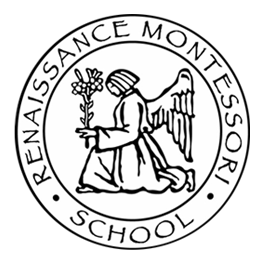Merriam-Webster defines assessment as:
“The Action or an instance of making a judgment about something: the act of assessing something.”
How do guides track progress?
Notes. Notebooks full of thoughtful and detailed handwritten notes. At least that’s the traditional way of recording progress. Many schools are now shifting over to digital platforms that are created specifically for Montessori schools. Still, many Montessori teachers continue to keep their own detailed records by hand.
Montessori teachers are masters of observation. They think like scientists and spend lots of time sitting back and quietly watching the children at work. When they’re not giving lessons, they’re observing. They write all these observations down and then review them later to help decide what lessons to revisit, what new materials to present, or even what parts of the classroom environment need attention or change.
Summative assessment vs. Formative assessment?
Traditional schooling relies a lot on summative assessment. Summative assessment relies on testing, which is usually done at the end of one unit, or a cumulative standardized test at the end of the year. This model is data-driven and typically in a format for adults to measure different points rather than giving students constructive feedback. Montessori relies much more on formative assessment, which allows the teacher to be more flexible and observe the child’s individual learning needs. With this approach, a teacher can assess what the student can accomplish by observing and determining the right time to move on to a new lesson or spend more time on another.
How is Mastery Evaluated?
In other schools, mastery is evaluated by a test score or a letter grade. Generally, in Montessori schools, mastery of a particular lesson or concept is evaluated during the lesson. This is done through a tool developed by Dr. Maria Montessori called the ‘three-period lesson.’
First Period: The guide will introduce a skill to the child. For example, “these are the parts of a flower.” They will use images, puzzles, or other representative materials in order to show the child.
Second Period: The guide will present the child with some information and let the child show the rest. For example, “What part of the flower is used for pollination?” then they will allow the child to show them.
Third Period: The guide will determine if the child can independently express the information they have gathered during previous lessons. For example, “Now it is your turn to label the parts of the flower and explain what each part does. What is this part?”
Once the child is able to complete the Third Period successfully, the guide can assess that they have mastered that lesson. There is no need to give them a letter grade or a formal test; the child has shown you that they understand the lesson and the concept. Through the Montessori approach, assessment is done one-on-one, between the child and the guide. Each child is able to learn and progress at their own pace, continually being challenged and feeling engaged in their learning. The best part? Because of the beauty of the materials and the tone of the classroom, the child perceives this as a sort of game rather than a test to be dreaded.


